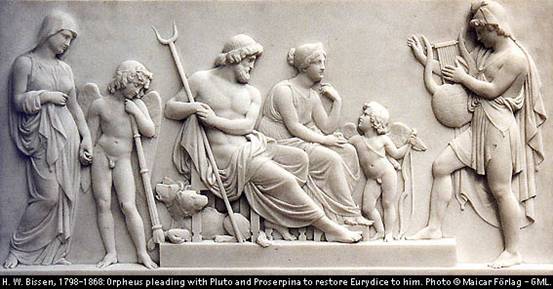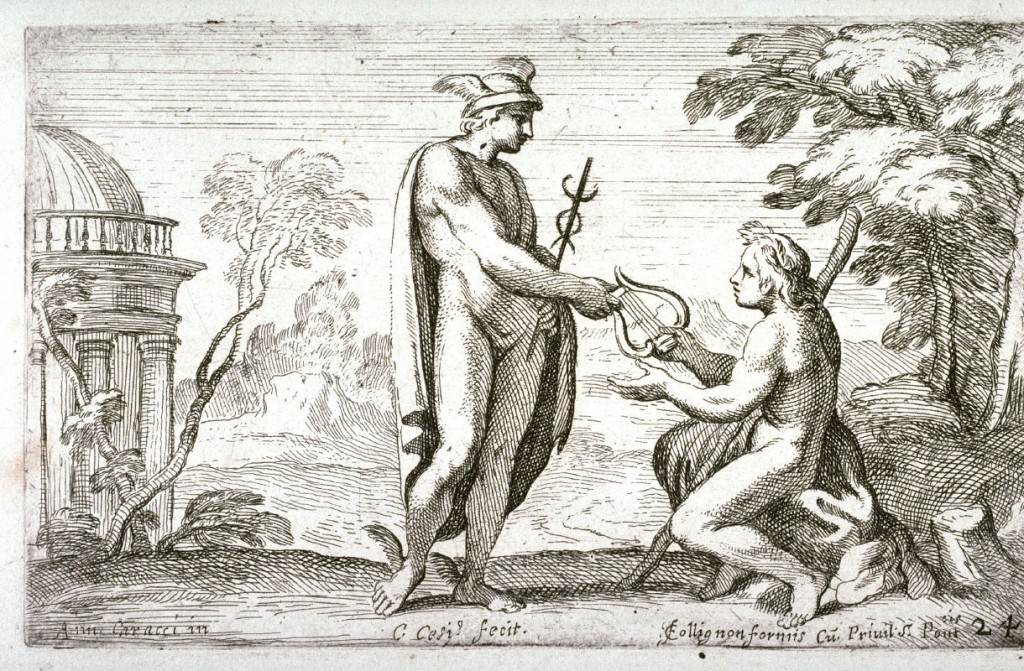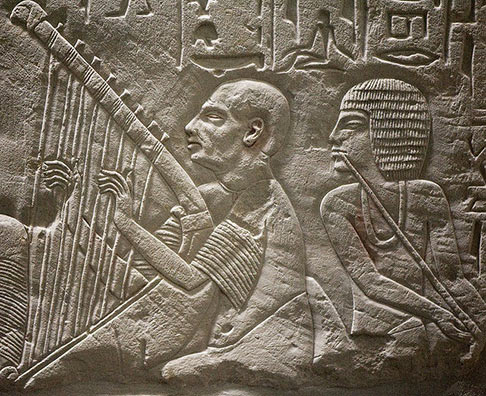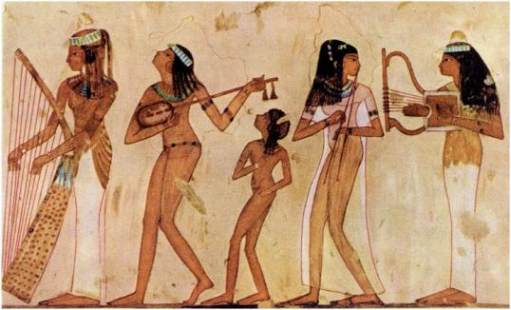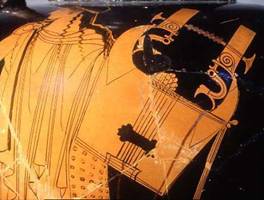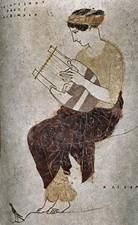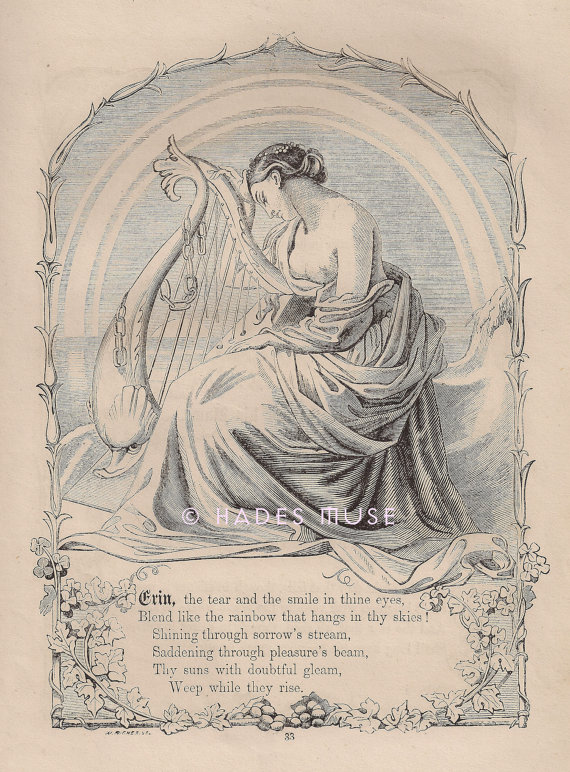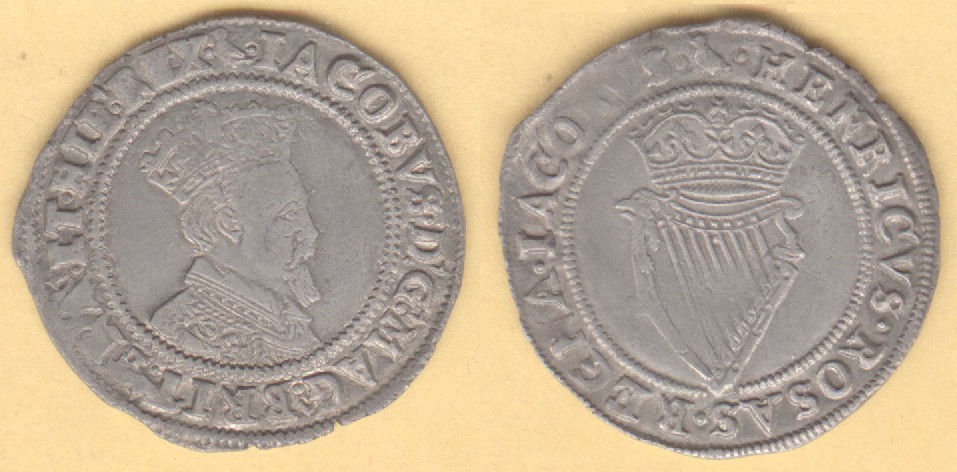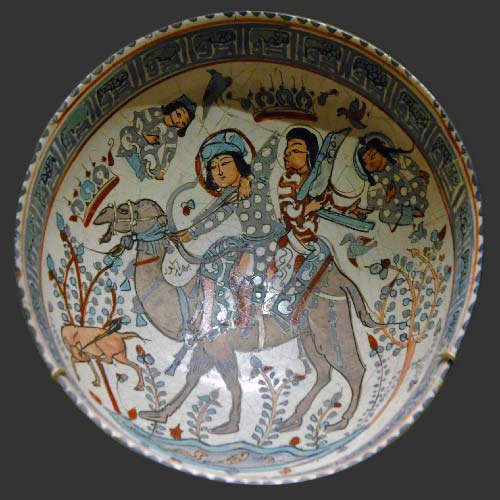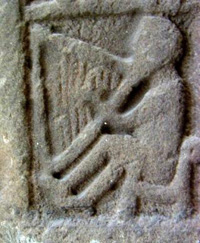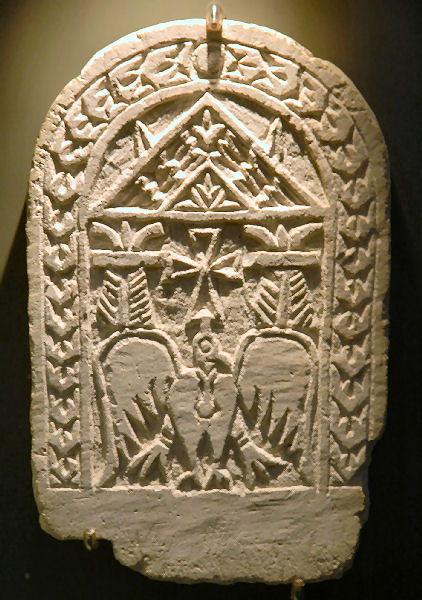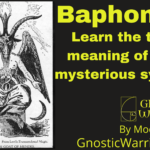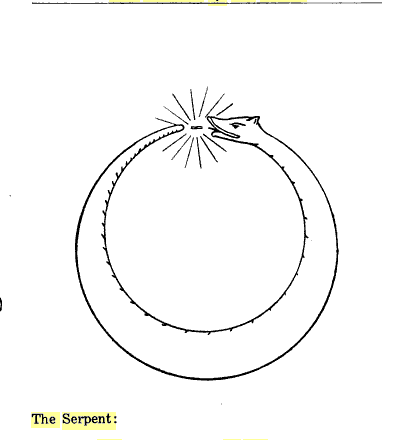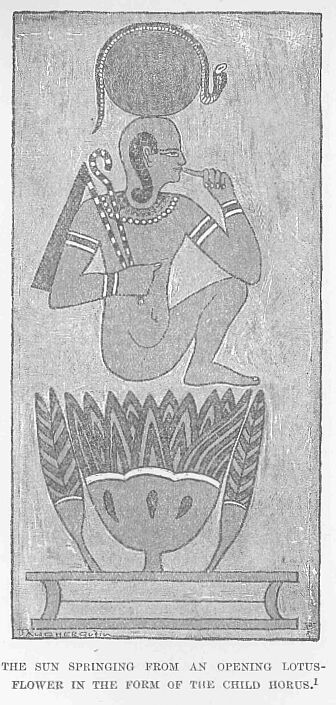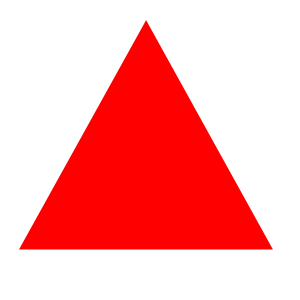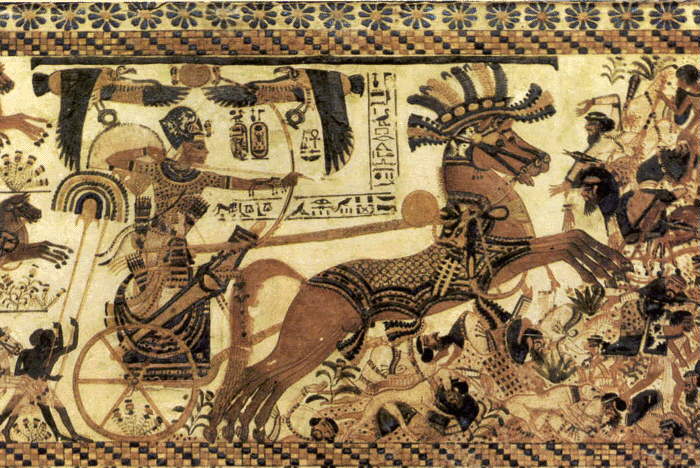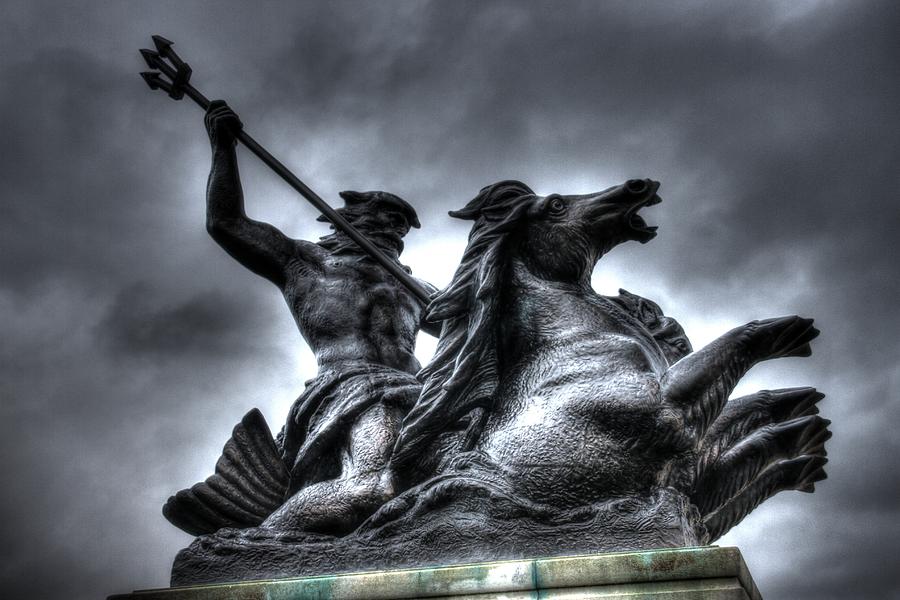“The man, who hath no music in his soul, is fit for treason, stratagem, and spoil.” – Shakespeare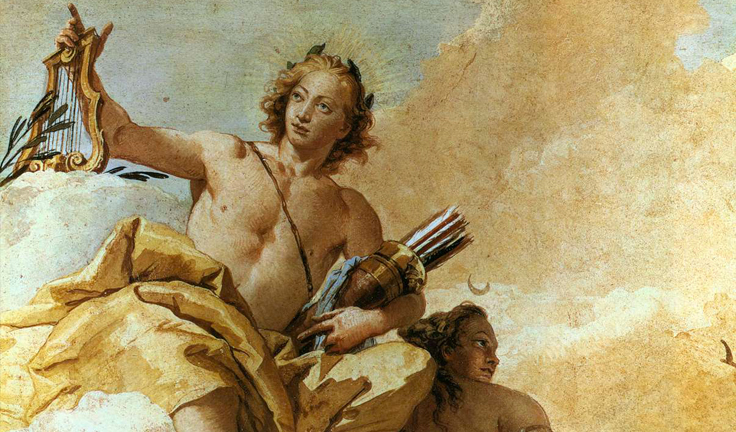
Music is the magic of the soul. It can entertain and sooth, heal, kill, lead and control human emotions like no other divine device ever created by man. This is why today famous musicians lead and almost control millions of people with their songs, and why some of them are knighted by the Queen as part of her royal court such as Sir Elton John and Paul McCartney for their divine magical abilities they have inherited from their ancestors.
The modern music and instruments we see today are the result of one invention that is commonly referred to as the harp. But before the harp (cithara and Hebrew kinnor) there was what was known as the lyre that is one of the oldest musical instruments in the world. Over time the lyre had undergone several changes such as the shape and materials of the base, adding strings and making them much larger than the original hand-held form and others.
These changes to the lyre eventually developed into what we know today as the harp and all forms of guitars, and modern music can be traced to this one invention. But for the purpose of this research below, I will focus mainly on the name, and origins of the harp rather than the lyre and other similar instruments because it is a name that is much more well-known, and they all originate from the same source.
The first harp was modeled after a bow and arrow, and was created by the world’s most famous ancient bowmen (archers) from the ancient Holy Island of Crete that is sometimes known as Phoenicia, Atlantis, Ionia, Arcadia, and Minoa. The Cretans called the harp a lyra, and it was the most popular musical instrument on the island and in the world for thousands of years. It also became a national symbol.
The best ancient authority and historian on these matters of the harp is the Roman-Greek historian Diodorus Siculus, who had said the harp was invented on the Mediterranean island of Crete. His story is later backed up by scientific evidence with the earliest picture of a lyre with seven strings that appears in the famous sarcophagus of Hagia Triada (a Minoan settlement in Crete), which was used during the Mycenaean occupation of Crete (1400 BC).
The Greeks had told their history mainly in allegories through myths which Siculus relates to us when he had written, “the God Apollo is attributed the invention of the harp, and that sort of music; and it is said, he discovered the art of physic, which is practiced by revelation from him, by which the sick were commonly restored to health: he found out likewise the use of the bow, and taught the inhabitants to shoot; and therefore the Cretans delight much in shooting, and call the bow Scythicus.” It is from this word where they get the name for the bow people of Crete and surrounding lands known as the Scythians.
Apollo was the Son of the God Zeus and they were both born on the island of Crete. Everywhere they had traveled, they brought with them their Crete-ations such as their Gods, Goddesses, their main symbols and weapons of war being that of their Gods, Goddesses, myths, letters, writing, serpents, bulls, centaurs, swastikas, Tau crosses, wine making, beer making, metallurgy, stonemasons, bows, harps, music, and beautiful singing women. Homer’s Iliad represents the Greek hero of the Trojan War and greatest warrior who amuses himself with the sound of the harp, because it allays anger, and pleases. In the Odyssey, the suitors compel Phoemius to play the lyre. It was also said that Alexander the Great had many masters to teach him to play the harp.
These magical things I mention are scientific evidence of these people who have been left in all parts of the world that simply cannot be disputed. As the wise Confucius said, “signs and symbols rule the world, not words or laws.” Therefore, when you see these symbols such as the harp in whatever country as their national symbol and/or as part of the mythical stories of these same countries, we can safely say that the same people who had invented these things had left them there, as not only evidence of their history, but also immortal proof of their divine spiritual treasures that cannot be stolen and/or denied by anyone.
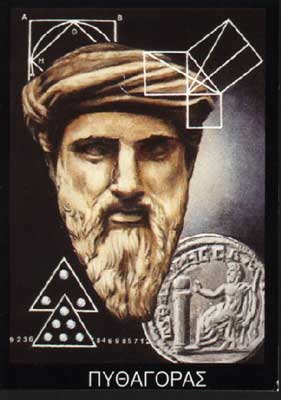 One of the first real men to be associated with the creation and/or development of the harp was one of the greatest philosophers, mathematicians and physicians that the Brotherhood has ever known, Pythagoras, who also hailed from the island of Crete. I believe that the God name of Apollo would forever be used in Greek mythology to signify the true identity of Pythagoras, which according to Apollonius, he then is the son and incarnation of Apollo and the Pythian priestess of Delphi.
One of the first real men to be associated with the creation and/or development of the harp was one of the greatest philosophers, mathematicians and physicians that the Brotherhood has ever known, Pythagoras, who also hailed from the island of Crete. I believe that the God name of Apollo would forever be used in Greek mythology to signify the true identity of Pythagoras, which according to Apollonius, he then is the son and incarnation of Apollo and the Pythian priestess of Delphi.
This makes sense since both Apollo and Pythagoras invented the harp and also used it for health reasons. In addition, Apollo is known as the god of light, Jupiter, truth, prophecy, medicine, healing, plague, music, poetry, arts and more. One of the most famous and largest ancient cults and brotherhoods was the Cult of Apollo.
The same exact things can be said about the real man Pythagoras, whose followers were known as the Pythagoreans, and who is still one of the most esteemed illuminated philosophers in all of world-wide Gnostic Freemasonry. Pythagoras was also said to have the white birthmark of Apollo on his thigh. Apollo is the allegorical (esoteric) name in the myth of his father being that of Zeus (Jupiter), and Pythagoras is the true (exoteric) name of a real life Son of God. Let me add that Pythagoras is well-connected to Crete, being that it is the home of his birthplace and where he was originally initiated into the secret mysteries, which was also the birthplace of Zeus.
The story of Pythagoras inventing the harp was based on the sounds that he had heard and studied coming from the stonemason workers where he had lived who were busy with their hammers and stones doing what they did best, building beautiful building and works of art. What caught Pythagoras’ attention was that he had noticed the many different sounds and/or tones coming from what he thought were the same hammers, when in reality after further inspection, they were actually all different based on the fact that each one was not the same size as the other. Essentially, what Pythagoras discovered, by questioning and by experiment, was that the sounds of the different sized hammers were musical notes that were based on mathematical equations as to the size of the hammer and the type and size of object it was striking.
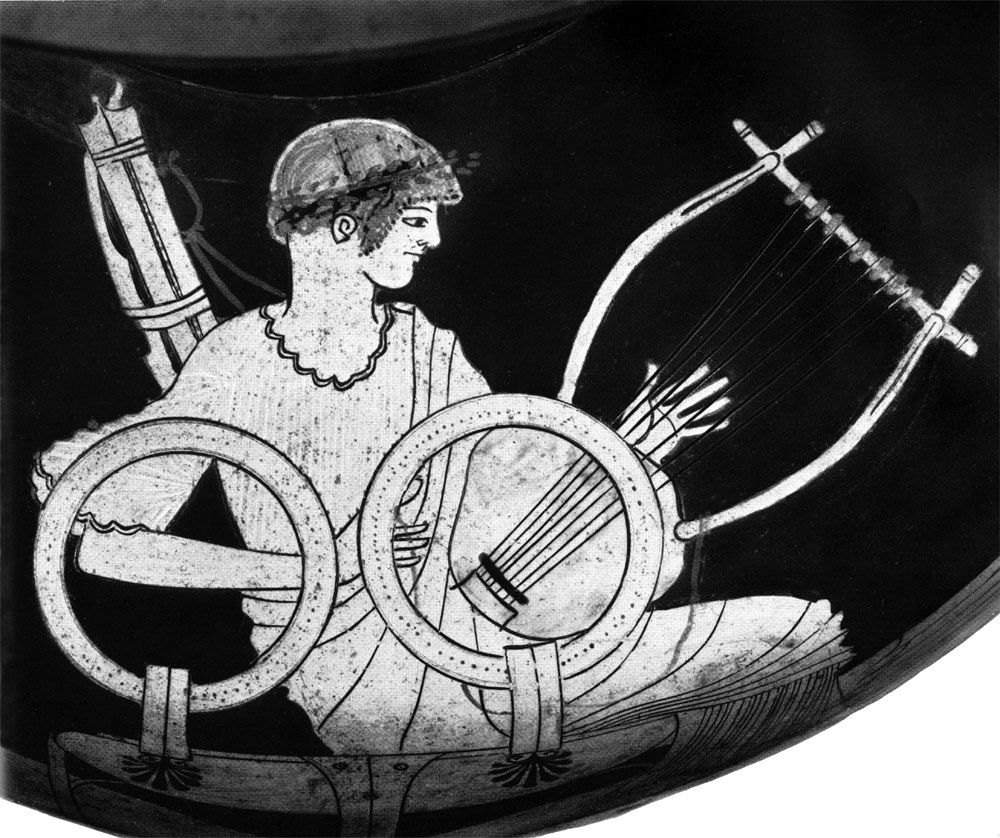 From this simple observation, Pythagoras then constructed a primitive type of harp out of a tortoise-shell or some other base, three strings from sheep’s intestines, and use of a bow to test his mathematical music theory. This invention was originally called the tripod harp, and became the basis of the Cretan lyra (Greek: Κρητική λύρα), which is a Greek pear-shaped, three-stringed bowed musical instrument.
From this simple observation, Pythagoras then constructed a primitive type of harp out of a tortoise-shell or some other base, three strings from sheep’s intestines, and use of a bow to test his mathematical music theory. This invention was originally called the tripod harp, and became the basis of the Cretan lyra (Greek: Κρητική λύρα), which is a Greek pear-shaped, three-stringed bowed musical instrument.
A description of the instrument Pythagoras invented is quoted by Athenaeus from Artemon, who said the frame was constructed, somewhat similar in form to the Delphic tripod, resting with three feet upon a moveable basis; this, when strung with chords, would present the appearance of three harps, forming the three sides of a triangle-f , the top being surmounted by a concave hemispheroidal ornament which served as a sounding-board to increase the richness of the tone. Each of these three different instruments was set to what the ancients called a different mode or harmony. (1)
Pythagoras later used the harp for healing, and developed theories about the effect of pitch and mode on the human body to both heal and control. A disciple of Pythagoras named Clinias is said to have added several strings to the harp, and to have often played on it. When he was asked why he played it so much, he answered,” Because it soothes the mind.” The scientific tests and invention of the Harp by Pythagoras was not only one of the world’s greatest musical successes, it was also the basis for all math and all number theories which makes him not only the father of Music, but the father of Math and Physics.
After the invention of the harp, many other musical instruments would be invented and music and dance would become a huge part of ancient Phoenician (Cretan, Arcadian, and Ionian) and Greek Hellene culture. Songs were composed and sung to the harp such as Helen celebrated Diana; and Demodicus in the Odyssey, at the court of Alcinous the Phoenician king, sang of Mars and Venus, of the contention of Ulysses and Achilles, and of the Trojan horse; and Achilles sang the praises of celebrated men.(2)
On ancient Crete is where the harp or lyre was first invented and where you will find the first depictions and images of various Cretan Gods, Goddesses, priests, and priestesses, playing the harp. The earliest picture of a lyre with seven strings appears in the famous sarcophagus of Hagia Triada (a Minoan settlement in Crete). The sarcophagus was used during the Mycenaean occupation of Crete (1400 BC).
The famous Greek poet and Chief Librarian of the Alexandrian Library, Callimachus (305 B.C. – 240 B.C.) describes in his book Aitia that all the sailors passing by Kos (Cos, Coos, Delos and now Dia), had to stop and join in the songs, dances and sacrifices held around the altar of Zeus (Michaelides, 1978). According to Plutarch, the legendary Theseus, king of Athens, who was sailing home from Crete joined with his companions in“(…) a dance which they say is still performed by the inhabitants of Delos, miming the twists and turns of the Labyrinth and danced in regular time with complicated variations; This sort of dance is called Crane (…)” (Lavdas, 1987, p.20). This dance is part of the tradition in many Greek islands of Aegean to date, though its form is slightly different from the ancient crane.
The Cretans (Phoenicians, Ionians, Argives, and Minoans) also had laws concerning music, and for many ages, they played the harp for their kings, queens, healing, entertainment, and for their military marches. For this divine reason, the harp would become one of the main symbols for these people who we know of by the names of the Cretans, Phoenicians, Ionians, Minoans, Arcadians, Atlanteans, Persians, Greek Hellenes, Hebrews, Scythians, Saxons, Angles, Irish, Picts, and Celts. They would leave their mark forever all over the globe in the lands they had conquered.
Their book of the law is what we know today as the Old Law and became the basis of the Old Testament which over time developed into the New Law or New Testament. These original teachings and laws are first based on the Original Egyptian Book of the Dead commissioned during the time of Pharaoh Seti I who was the father of Ramesses I and the 19th dynasty.
THE HARP IN THE BIBLE
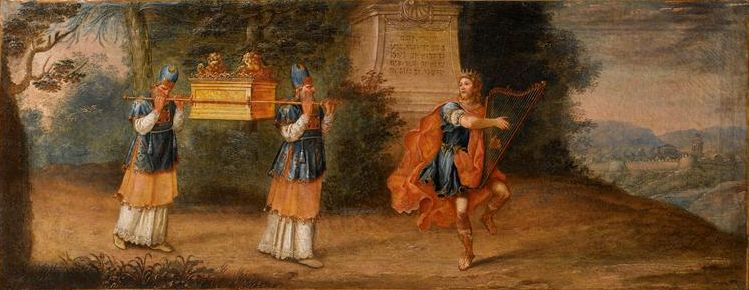
There are many references to musical instruments found all throughout the Holy Scriptures. It appears to be the main chosen family instrument and symbol for the reasons I listed above. The description of the services in the great Temple of Solomon shows us that in the ritual of the ancient Jews music both vocal and instrumental formed a very important part of the worship. In II Chronicles, vii, the dedication of the Temple is related.
We read there that “the priests waited on their offices; the Levites also with instruments of music of the Lord, which David the King had made to praise the Lord, because His mercy endureth forever, when David praised by their ministry, and the priests sounded their trumpets before them, and all Israel stood” (verse 6).
Second Chronicles tell us, “Also the Levites which, were the singers, all of them of Asaph, of Heman, of Jeduthun, with their sons and their brethren, being arrayed in white linen, having cymbals, and psalteries and harps, stood at the east end of altar, and with them a hundred and twenty priests sounding with trumpets. It came even to pass, as the trumpeters and singers were as one, to make one sound to be heard in praising and thanking the Lord; and when they lifted up their voice with the trumpets and cymbals and instruments of music, and praised the Lord saying, For he is good; for his mercy endureth for ever; that then the house was filled with a cloud, even the house of the Lord; so that the priests could not stand to minister by reason of the aloud, for the glory of the Lord had filled the house of God.”
In the Scripture, the harp or kinnor was made of wood, and was the main instrument used on joyous occasions, such as banquets and festive processions (Gen. xxxi. 27; I Sam. x. 5; II Sam. vi. 5; Isa. v. 12), and especially in the Temple service (Ps. xxxiii. 2, xliii. 4; Neh. xii. 27; I Chron. xvi. 5); it is one of the instruments used in the ceremonies of inducting the Ark to the Temple used by high and important families, as an accompaniment to their prophecy (see L Chron. xxv. 8); it was the instrument carried by female wandering minstrels (Isa. xxiii. 16); it was used by the people under Jehoshaphat returning with joy to Jerusalem after overcoming the Moabites (II. Chron. xx. 28); David, the shepherd-boy, was a noted player (I Sam. xvi. 16). and it was the instrument with which the youthful David drove away the wicked spirit of Saul (L Sam. xvi. 23). David played it with his hand, but it was usually played with a plectrum.
Perfect love means perfect harmony. Various are the strings on a harp yet they constitute one harp. “Love is a tie or bond through which all things are united in ineffable friendship and insoluble unity,” – Saint John Scotus Erigena.
IMAGES OF THE HARP AND LYRE
1250 BCE, 19th Dynasty, New Kingdom, Egypt
Here an early illustrations of a harp in the harem of women of the Pharaoh that was on a vase found in a, Egypto- Babylonian temple.
Apollo Kithara- Attic red figure amphora; 500-475 B.C. Archeological museum, Athens
Muse playing lyre – Greek vase; Collection: Munich, Antikensammlungen. Dated: 445 BC
In ancient Crete, the island that created the God and Goddess myths, we find various Goddesses who are associated with supernatural musician such as Britomartis.
In Ireland (Erin Land), the harp has been used as a political symbol for centuries, and is known as the Harp of Erin.
The harp was adopted as a symbol of the Kingdom of Ireland on the coinage from 1542, and in the Royal Standard of King James (VI of Scotland / I of England) in 1603 and a continued feature on all English and United Kingdom Royal Standards ever since, though the styles of the harps depicted differed in some respects.
In modern-day Iran (Erin), which was also ancient Persia, the harp is connected with the Goddess Azada.
A harp with a triangular three-part frame is depicted on 8th-century Pictish stones in Scotland [11][12] and in manuscripts (e.g. the Utrecht Psalter) from the early 9th-century France.
SOURCES:
1. Travels in Sicily, Greece and Albania by Thomas Smart Hughes
2. The Gentleman’s Magazine, Volumes 159-160
3. Linked to in the text above
4. Other open sources

Moe is the founder of GnosticWarrior.com. He is a father, husband, author, martial arts black belt, and an expert in Gnosticism, the occult, and esotericism.

